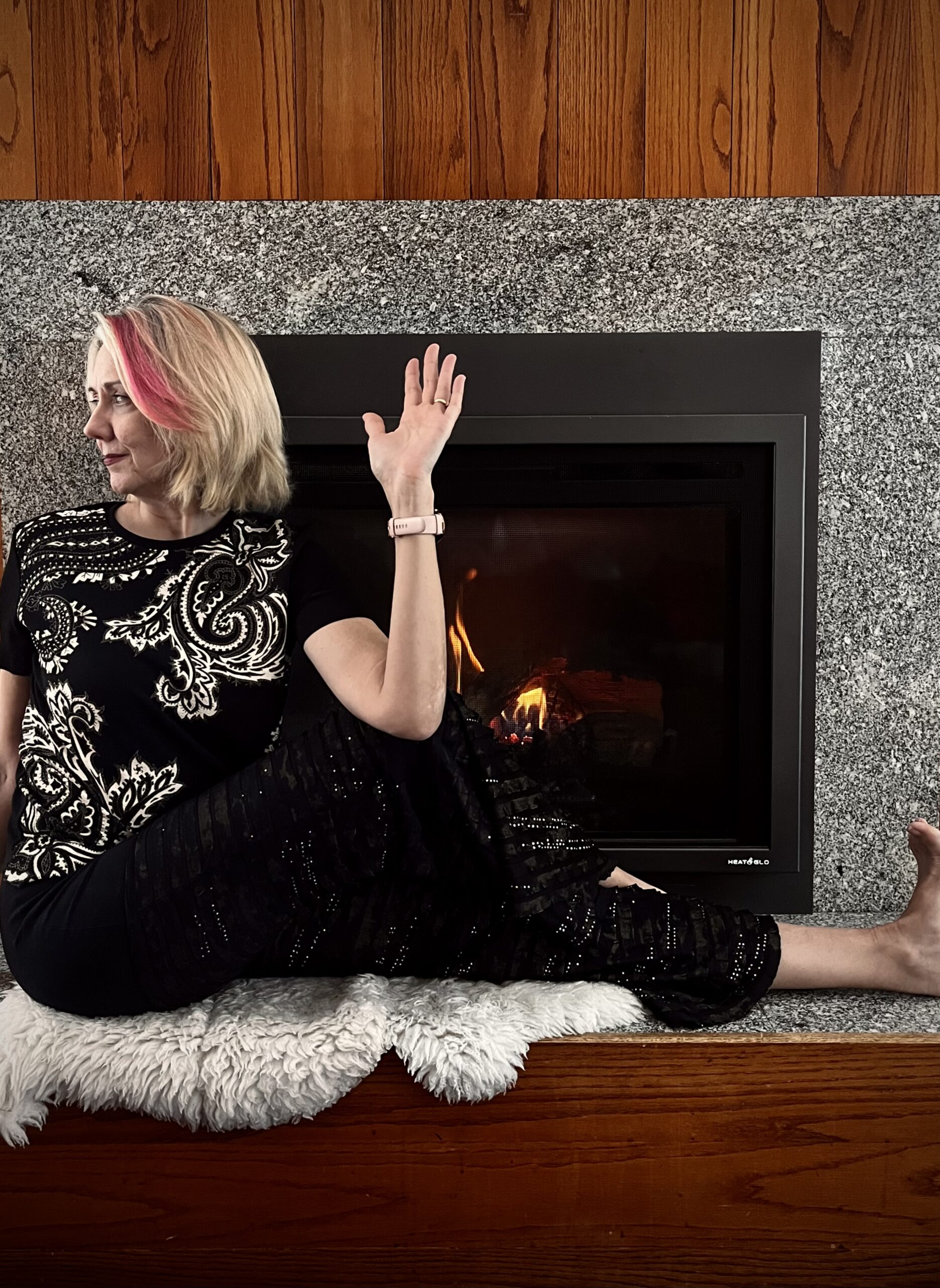~ Svatmarama, Author Hatha Yoga Pradipika, 15th century CE.
Walk in to your local health club, community center or mass-market Yoga Studio like Lifetime Yoga or CorePower, and you might think that the ancients of yore were doing sun salutations and breakneck speed, staring at their reflections in pools while a band of drummers sang and played. It would be easy to assume that all those men were sporting white loincloth diapers (with logos?) to show off their “yoga butts” and “ab fab abs.”
In fact, yoga had a long, 2000 year history before anyone probably ever thought of a warrior pose. The main, if not the only pose, was padmatasana (lotus), the seated position you often find the Buddha portrayed in. After all, before Buddha was The Buddha, he was a yogi! That was the spiritual path of his day, codified 500 years earlier, by an author(s) known as Patanjali in the Yoga Sutras. It is in these sutras the 8-Limb path of “Astanga” yoga resides:
1) Yama: restraints, ethical practices, similar to 10 Commandments
2) Niyyama: observances, daily practices
3) Asana: the physical postures
4) Pranayama: breath control
5)Pratyahara: withdrawl from external sensory input (comparable to “the zone” in athletics)
6)Dharana: the first stage of concentration
7) Dhyana: meditation (moments of cocentration strung together and elevated)
8) Samadhi: ecstasy (renounce the material world and move to the himilayas)
While there is a successive nature to the practices, the idea is, as you move “up” you don’t abandon the previous levels. Rather, you keep developing all the “limbs” in your path toward transformation as a better, more complete person (think self-actualization and Maslow’s hierarchy in the West).
So what do we have in our local yoga classes? Usually, we have #3, Asana, practiced nearly in isolation from the others. Instructors love to speak at length about “alignment” as though putting your back foot at a 45 degree angle, instead of perpendicular to your front foot would some how light the fire of your very soul and change your life forever! (Actually, where you put your foot depends on the shape and placement of your hip sockets–but that’s another subject).
Going back to the limbs, in Patanjali’s classical yoga, the first 3-Limbs are considered the domain of “Hatha” yoga. That said, it should be clarified, that in Patanjali’s Yoga Sutras, the idea of yoga postures and advanced Asana is pretty sparse. The emphasis is, again, lotus pose, which I have to say I’ve rarely heard instructed around town. The postures as we would recognize them today evolved in the Hatha Yoga Pradipika written sometime around the 1300’s. It could also be argued that they really weren’t fine-tuned , expanded upon or practiced widely up until about the last 100 years. So, to say that you follow “Patanjali’s 8-Limb path” when your practice is jumping from asana to asana, it’s not obvious.
The Hatha Yoga Pradipika presents asanas with really one goal in mind: getting your body in shape for sitting in–you guessed it–lotus for long periods of time. Why? So you can get on with the meatier stuff–the other 5 limbs AFTER asana.
So what if you’re a sort-of stalled out Hatha Yogi, curious about going beyond your “frantic flow” class at the YMCA, Lifetime or CorePower? That said, you still need a work-out. As most of us in the modern era are confined to a desk or the car WAY BEYOND what’s healthy for our bodies, we don’t want to abandon the Asana of HATHA. Yet, we know there’s something more… Hang on, are you ready for royalty? For RAJA yoga, the “path of the Kings?”
RAJA yoga refers to the upper limbs, and starts with #4, pranayama. Most Hatha yogis who turn up in my classes have very little understanding of pranayama breathing exercises. If they have experienced them, they are usually not integral in their daily practice–maybe something they tried in a workshop once. A lot of people don’t have the patience for them and don’t understand why they’re worthwhile. The best way to find out is to integrate them and see. Go back to the limbs: if you want a greater sense of peace, calm, focus and hope to ever catch a wee glimpse of samadhi, the pranayama are the key!
But, if the idea if sitting around doing breathing exercises doesn’t grab you, you can have the “best of both worlds” –Raja and Hatha. Kripalu fuses the two together, remaining true to the Ashtanga notion that you don’t abandon any one of the limbs for the other. Kripalu views them more like spinning plates, or juggling balls–at any one time, you’re trying to keep as many as you can in the air! Thus, postures are taught as “meditation in motion” featuring long holding times. You could be meditating in lotus like the ancients, or, you could be meditating in Warrior or Pigeon –it’s all the same in Kripalu. These long holds are weight-bearing exercise and intense, as there is little to no momentum, unlike “vinyasa flow.” Sometimes pranayama exercises are done w/ the postures, sometimes they’re done seated or in corpse pose. In any case, if you want to experience a more peaceful practice that’s highly meditative and still physically challenging, the synthesis of HATHA and RAJA in Kripalu Yoga might be for you.







